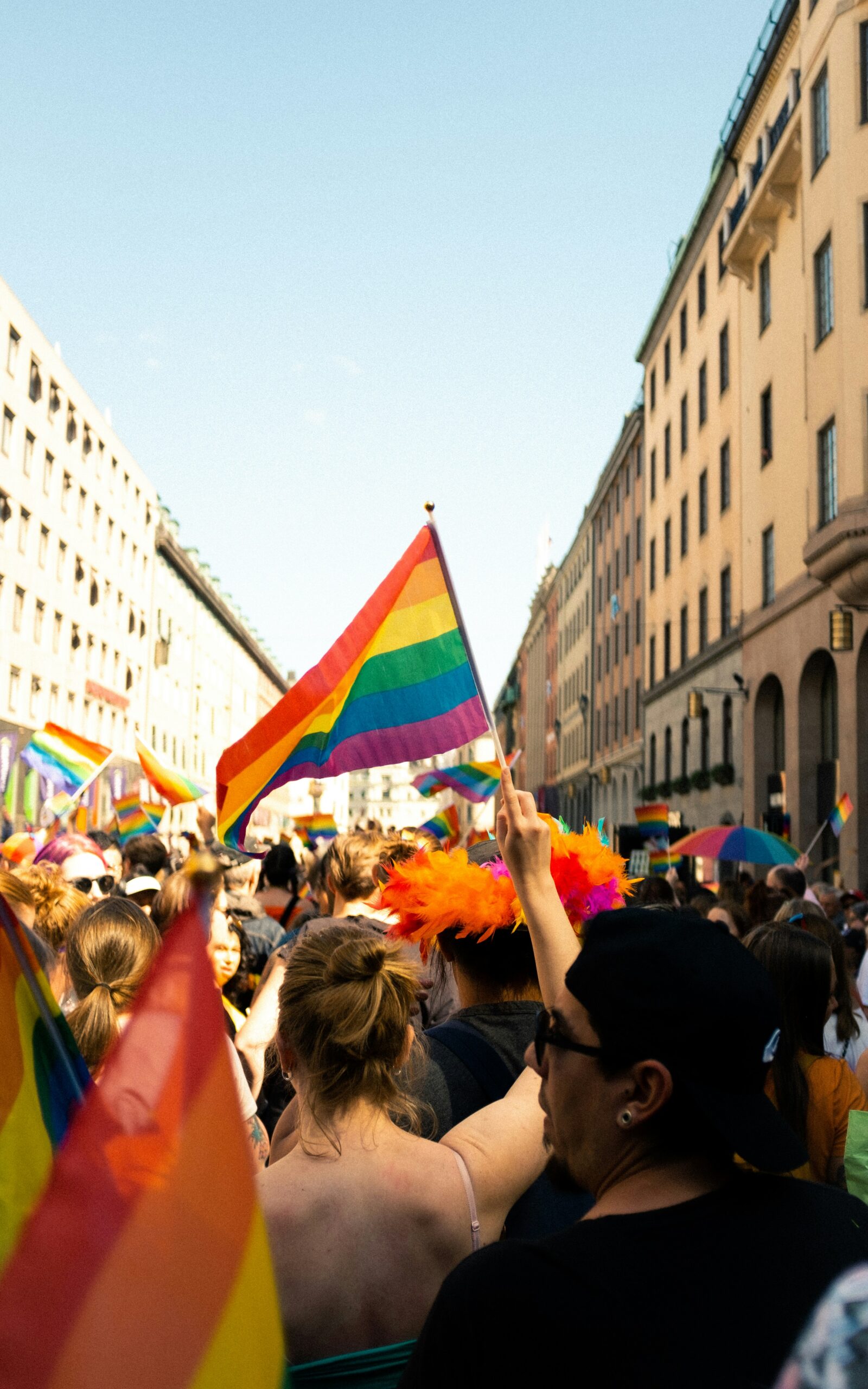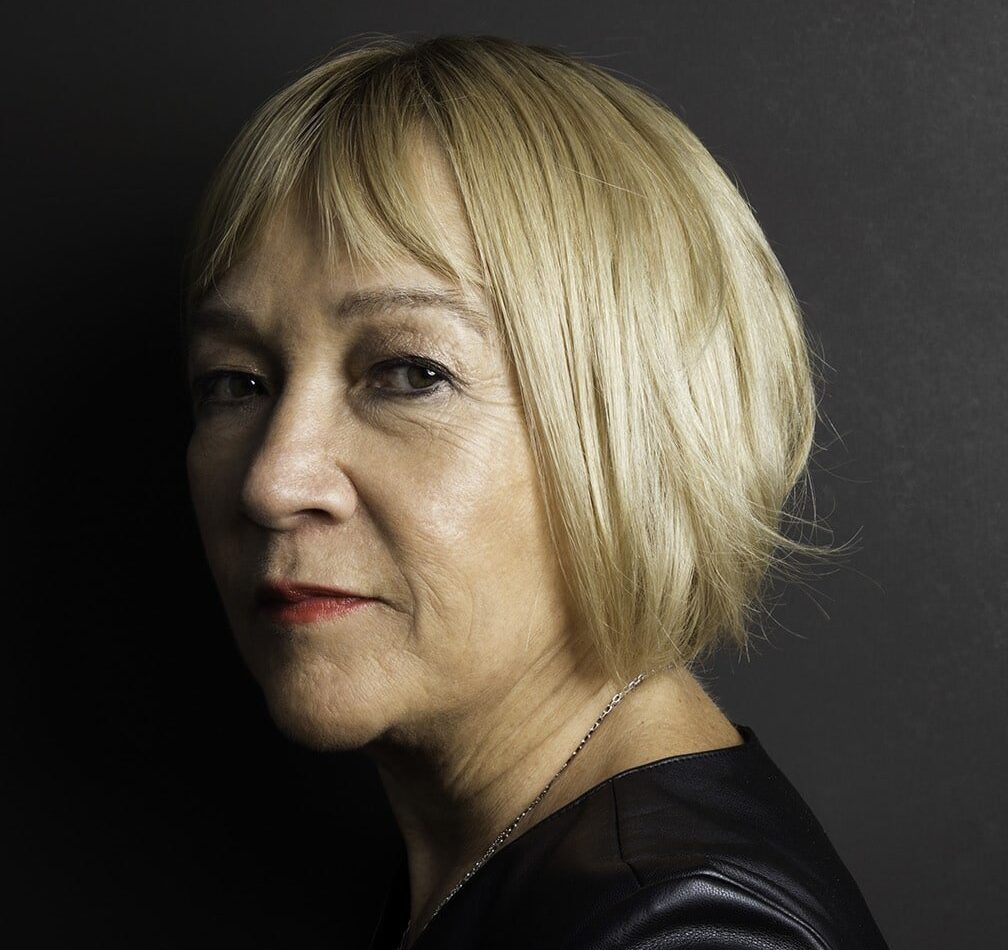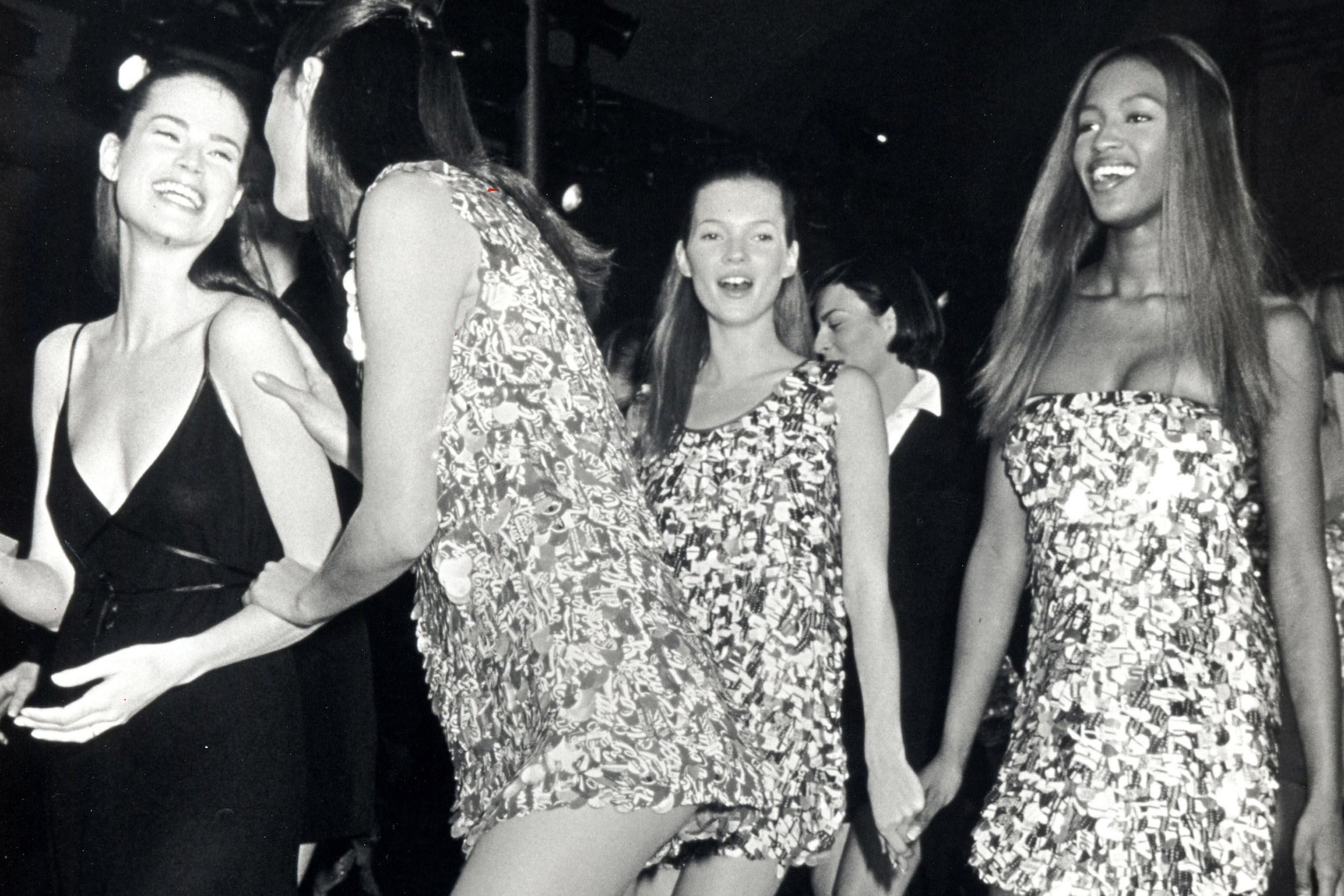
Pride Month: A Brief History
Pride Month, celebrated every June, is a vibrant display of LGBTQ+ visibility, advocacy, and acceptance. It’s a time when communities worldwide come together in parades, festivals, and educational events to honor the progress made in LGBTQ+ rights and to acknowledge the ongoing struggles. But how did Pride Month originate, and what has it evolved into today?
The Origins: Stonewall and Beyond
The roots of Pride Month trace back to the early hours of June 28, 1969, when the Stonewall Inn, a gay bar in New York City’s Greenwich Village, was raided by the police. Raids on gay bars were common at the time, but this particular night sparked an unprecedented resistance. Patrons fought back, leading to a series of protests and clashes with law enforcement that lasted several days. These events became known as the Stonewall Riots, and they marked a pivotal moment in the fight for LGBTQ+ rights.
A year later, on the first anniversary of the riots, the first Pride marches were held in New York, Los Angeles, and Chicago. These marches were both a commemoration of the resistance at Stonewall and a call for continued activism and visibility for the LGBTQ+ community.
Throughout the 1970s and 1980s, Pride events began to spread to other cities in the United States and around the world. These gatherings were often more somber and protest-oriented, focusing on issues such as police brutality, discrimination, and the AIDS crisis. Activists used Pride as a platform to demand equal rights and to bring attention to the pressing issues facing the LGBTQ+ community.
As the movement grew, so did the scope and scale of Pride celebrations. By the 1990s, Pride parades had become major events in many cities, featuring colorful floats, music, and a mix of both celebratory and political elements. The rainbow flag, designed by artist Gilbert Baker in 1978, became a ubiquitous symbol of Pride and LGBTQ+ solidarity.
Pride Today: A Global Celebration
Today, Pride Month is celebrated in many countries around the world, each with its unique flavor and traditions. While the celebratory aspect of Pride—parades, parties, and festivals—remains strong, the month also serves as an important time for education and advocacy. Organizations and activists use Pride to highlight issues such as marriage equality, transgender rights, and the ongoing fight against discrimination and violence.
Corporate sponsorships and involvement have also become more prominent in recent years, reflecting broader societal acceptance and support for LGBTQ+ rights. However, this commercialization has sparked debates within the community about maintaining the activist roots of Pride.
Ultimately Pride Month is a testament to the resilience and strength of the LGBTQ+ community. It honors the progress made since Stonewall while recognizing that the fight for equality is far from over. As issues such as trans rights, racial justice within the LGBTQ+ community, and global LGBTQ+ rights continue to be at the forefront, Pride remains both a celebration of identity and a powerful reminder of the ongoing struggle for full equality.
From its origins in protest and resistance to its current status as a global celebration of love, diversity, and acceptance, Pride Month is a crucial time for reflection, activism, and community building. As we march forward, we carry the spirit of those early activists, continually striving for a world where everyone can live openly and authentically without fear.







